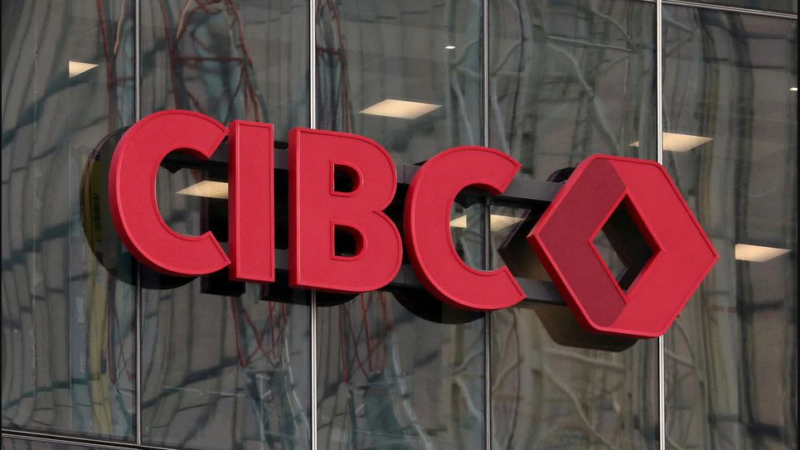The team tasked with creating a comprehensive ESG strategy for CIBC realized it needed to assess the bank's ongoing efforts while simultaneously building a path forward
Environmental, social, and governance (ESG) issues continue to drive activity for many organizations as they strive to meet upcoming regulatory requirements and stakeholder expectations. Of course, ESG initiatives also highlight many data headaches for corporations.
To give a glimpse into how some banks are coping with the challenges, we spoke with Bindu Dhaliwal, vice president of ESG at the Canadian Imperial Bank of Commerce (CIBC). Dhaliwal started at the bank in 2021, leading the Enterprise ESG team that was responsible for the delivery of the bank’s ESG strategy.
Dhaliwal reports to the bank’s Chief Legal Officer, which is one of the three typical corporate leaders to which the head of ESG at most companies reports. In running the ESG strategy for the bank, she leads a large strategic initiative across four broad buckets of activity — strategy development & delivery, governance, disclosure, and policies.
Building & executing strategy simultaneously
Upon joining CIBC, Dhaliwal and her team concurrently had to take stock of the ongoing activities around ESG within the bank while further building a cohesive strategy and determining what opportunities to pursue based on rapidly evolving stakeholder demands. To be both efficient and successful, the team had to prioritize efforts in key areas, something that it continues to do so today.

Building on the materiality assessment — An essential step in building and executing an ESG strategy is a materiality assessment to identify, prioritize, and validate ESG topics of importance to the bank and its stakeholders. CIBC had recently completed a materiality assessment just before Dhaliwal joined in 2021, and she and her team are continuing the process of stakeholder engagement. For example:
-
-
- Dhaliwal regularly interacts with investors and institutional groups as part of her role (because ESG is one of the hottest topics for shareholder proposals), to see how material issues from their perspective might have evolved. “We engage with investors directly on a regular basis to hear about their priorities and answer any questions they have about our approach,” she says.
- She also holds ongoing, proactive engagement with diverse stakeholder groups to continue to expand the bank’s ESG strategy in order to reflect the priorities of shareholders, clients, team members, suppliers, government, regulators, and communities.
-
Collaboration with internal teams — To build the strategy while executing at the same time, the Enterprise ESG team collaborates across multiple internal corporate functions, such as:
-
-
- CIBC’s ESG team maintains good working relationships with the bank’s internal risk team, which is a key partner in assessing emerging risks and regulatory changes.
- CIBC’s Senior Executive ESG Council, chaired by the Executive Vice-President and Chief Legal Officer, comprises Executive and Senior Vice Presidents from across the bank to champion the enterprise-wide ESG strategy.
-
Evaluation of ESG frameworks — Another aspect of executing an ESG strategy involves staying abreast of external ESG frameworks and how they are changing. The biggest driver of this challenge, according to Dhaliwal, is the constant evolution in standards, which include those outlined in the Global Reporting Initiative, the European Union’s Corporate Sustainability Reporting Directive, the International Sustainability Standards Board (ISSB), and the Sustainability Accounting Standards Board, as well as the ongoing convergence and alignment of standards among some of these organizations. “It’s an interesting time with the ISSB standards coming into place and maintain[ing] the pulse of what U.S. and Canadian regulators are thinking,” she adds.
Coping with big challenges
Creating and executing an ESG strategy is complex and entails big, multifaceted challenges around ESG. As the regulatory requirements evolve, there is an increasing need to train employees broadly on ESG, such as what net zero means. Currently, the ESG team at CIBC is conducting a broad education initiative across the bank on ESG concepts and what ESG means to the bank.
Data governance is another focus area, of course. Dhaliwal details the importance of specifying the holistic processes, the ESG process owners, data owners, and their specific roles and responsibilities through the data journey across internal functions. More specifically, this entails:
-
-
- documenting each of the bank’s ESG commitments;
- determining the processes needed to achieve those commitments;
- identifying what data is needed, as well as the owners of the data and the IT data systems involved; and
- outlining the roles of risk, compliance, and finance teams in disclosure reviews.
-
Unfortunately, these challenges are unlikely to dissipate any time soon, and the cost of compliance with ESG regulation is likely to grow for companies. Not surprisingly, it is easy to see from Dhaliwal’s description of the complexity in creating and executing an ESG strategy how the investment in both time, effort, and technology is becoming a real necessity.







